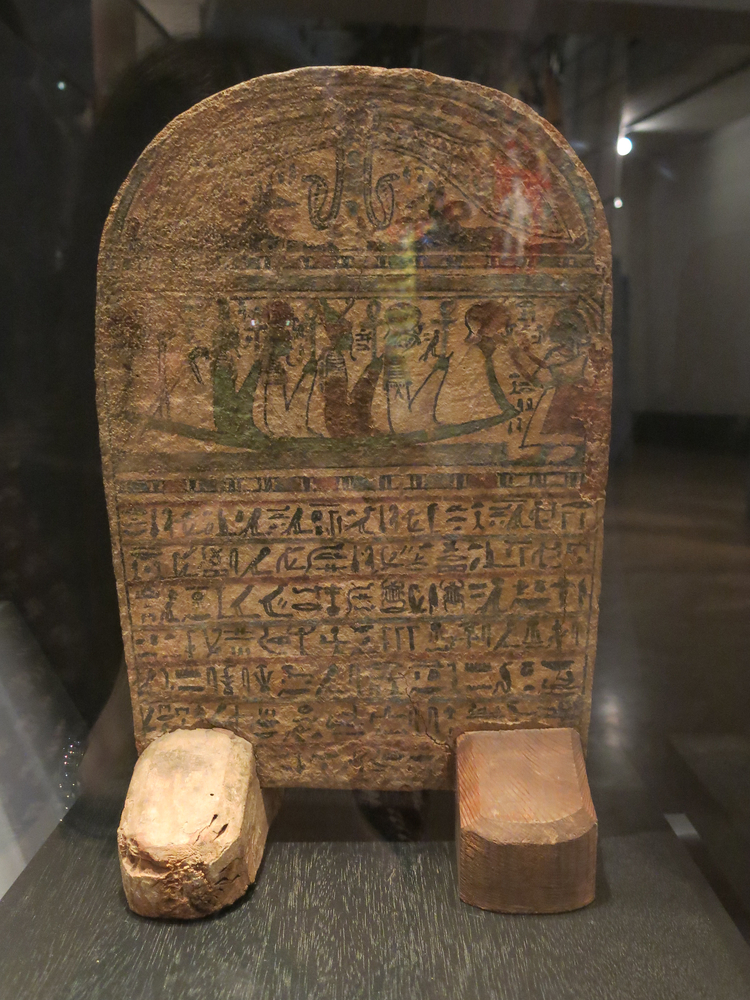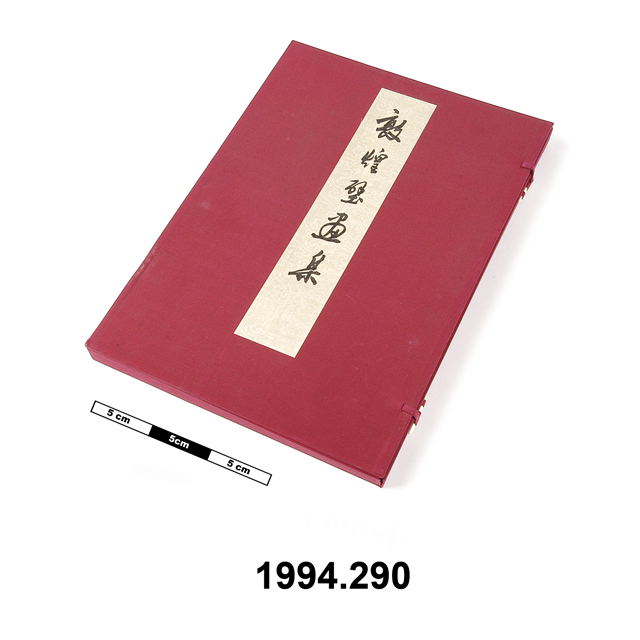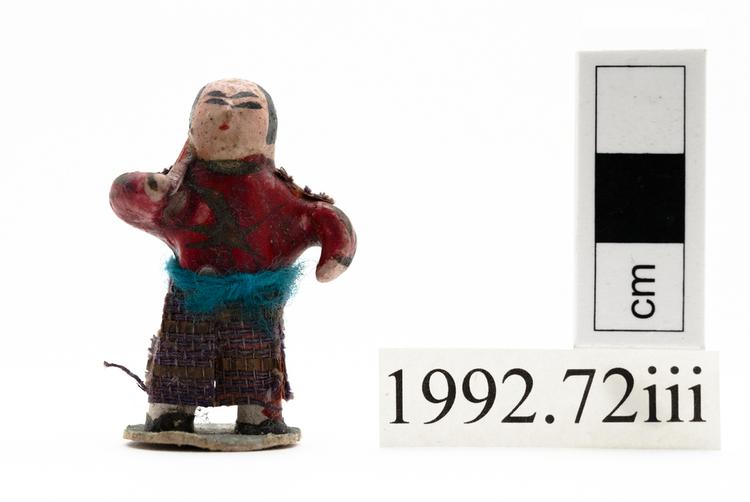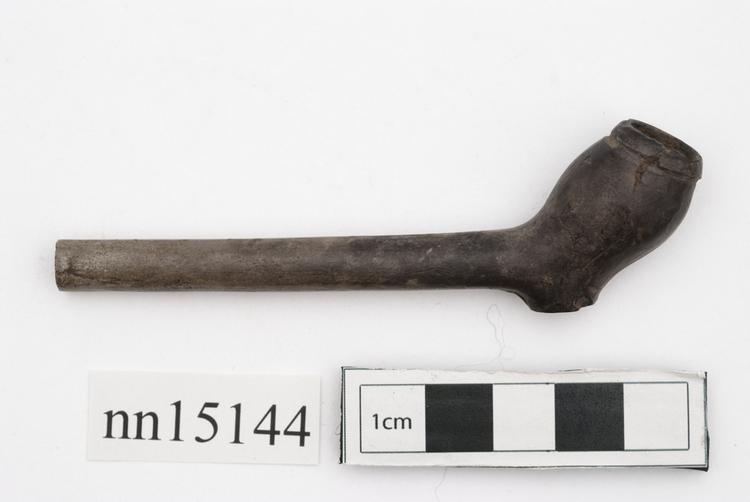
Wooden stela, or funeral tablet. found at Edfu, Egypt, and dating from the Graeco-Roman Period. 'The stela is painted with an inscription in the name of a singer of Horhud, Tehetert, the justified, daughter of the first prophet of Horhud, Horsiast, the justified, born of the mistress of the house, the priestess of Isis, Ursteti, the justified. The adoration is made to Harmachis, and Cheper ra.'.
Yes, the description matches the image, allowing for late Victorian renderings. 'Edfu' and more specifically Nag el-Hassaia, the elite burial ground of that city at the time, is the provenance I had supposed on prosopographic grounds, as the 'hud' element, now read 'Behdet', is the ancient name of Edfu, but it is good to have documentary confirmation because the iconography might suggest Aswan to the south and the best parallels for the sun hymn in the text are from Thebes to the north. The cemetery was only discovered in the 1880s and artefacts from it were becoming accessible, probably both officially and unofficially, to collectors when Horniman went. The stela comes from a period when a huge stone temple was being built for the god Horus at Edfu - it's the best preserved in Egypt today - yet the daughter of the high priest had only a modest wooden stela to commemorate her. It's nice also to see that Mr Horniman brought back the 'feet' - in most cases, these have not survived/been felt worth saving. Tony Leahy University of Birmingham 21.11.2017





















































































































































































































































































































































































































































































































